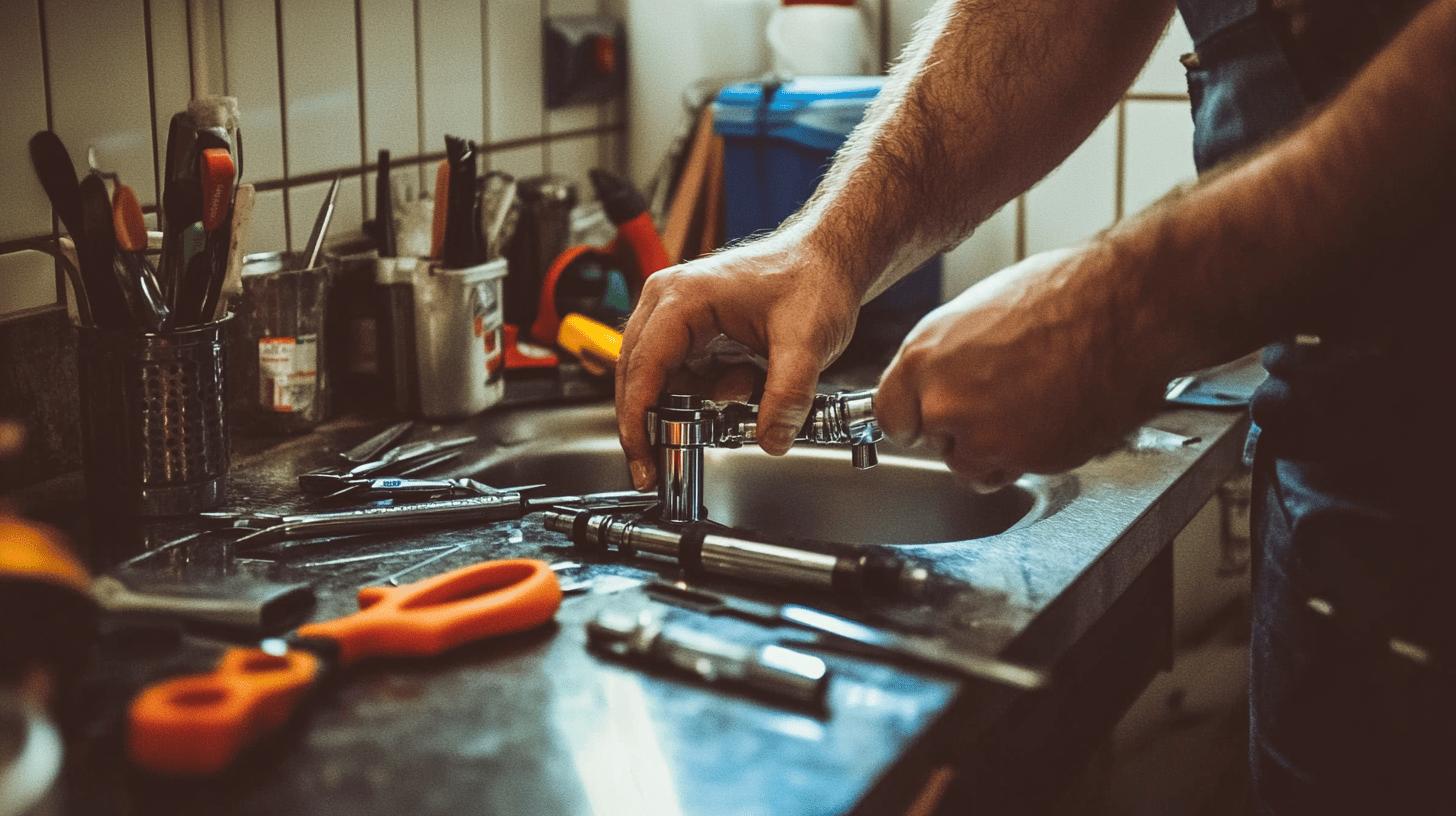TL;DR:
- Plumbing compression fittings create leak-proof joints, comprising a coupling nut and ferrule.
- They connect various pipe materials (copper, PVC, steel) and are ideal for tight spaces.
- Key components: Coupling Nut, Compression Ring, Ferrule, Valve, Retainer Nut.
- Types: Elbow (direction change), Tee (three-way), Union/Coupler (easy disconnection/connection), Male Adapters, Ball Valves.
- Installation steps: Shut off water, clean parts, position components, tighten nut.
- Common leak causes: Contaminated threads, loose nut, damaged ferrule, misaligned fitting.
- Compression fittings: Easy to install, repositionable, non-heating method.
- Professional services ensure precision, quick installation, and warranty.
Tired of leaky plumbing joints? Plumbing compression fittings could be exactly what you need. These handy little parts help prevent leaks, saving you from future headaches and repairs. In this guide, we’ll cover everything about compression fittings—what they are, the different types, how to install them, fix issues, and why they might be better than soldering. Keep reading to see how they can improve your plumbing work.
Understanding Plumbing Compression Fittings
Plumbing compression fittings are important for making leak-proof joints. They have two main parts: a coupling nut and a compression ring (also called a ferrule). The coupling nut is screwed onto a pipe by hand, while the ferrule fits over one pipe and into another, creating a tight, waterproof seal.
These fittings work with different pipe materials like copper, PVC, and steel. They’re great for both homes and businesses, especially in tight spaces where soldering isn’t practical.
The best part? They’re super easy to install. You just need basic tools, which makes the job faster and lowers the chance of mistakes, giving you a solid, leak-free connection.
5 Main Parts of Compression Fittings:
- Coupling Nut
- Compression Ring
- Ferrule
- Valve
- Retainer Nut
Types of Plumbing Compression Fittings
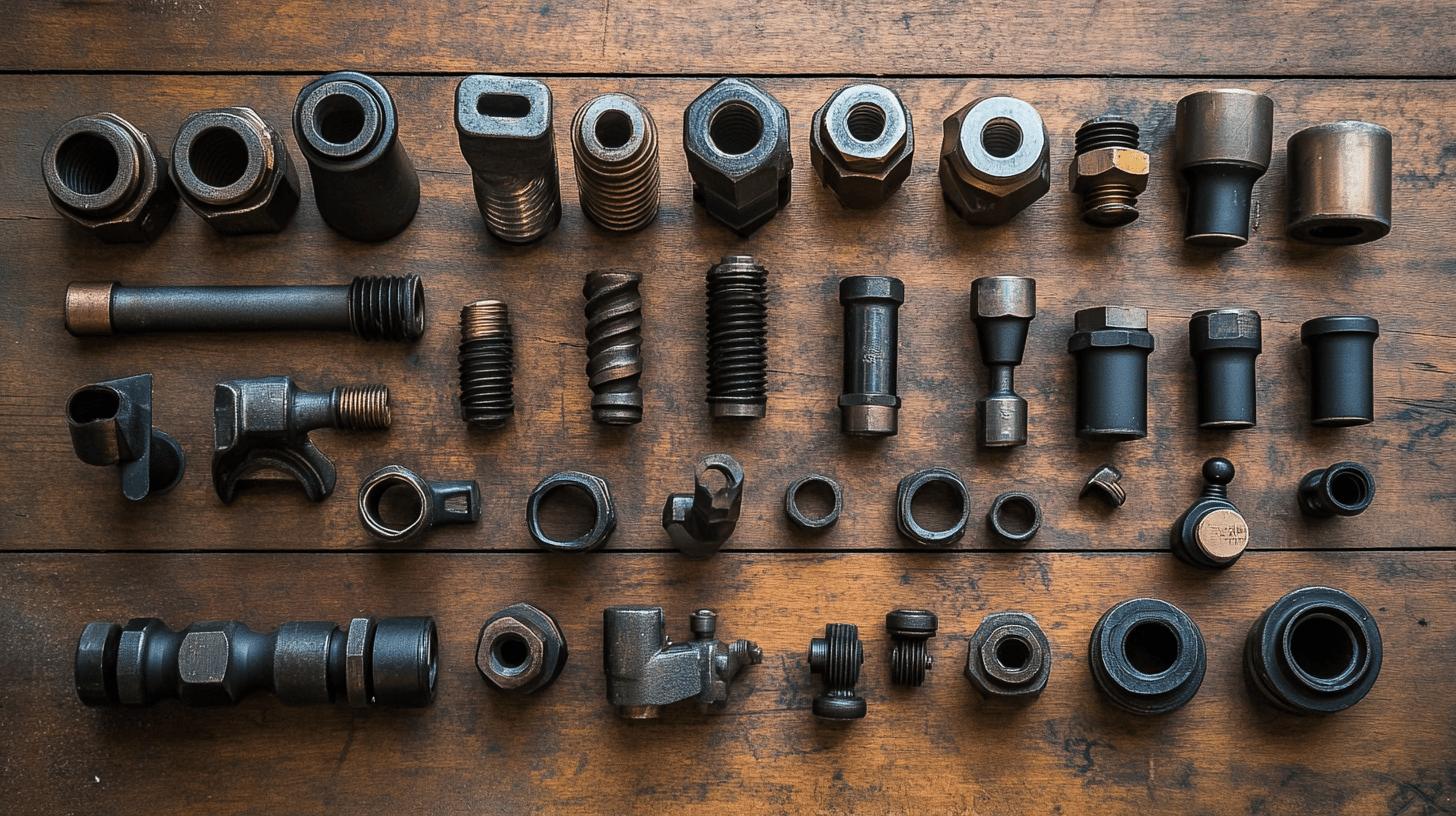
Compression fittings come in different types, each with a specific use in plumbing. They’re made from materials like brass, copper, stainless steel, and plastic, giving you options that are both flexible and reliable. Here are some common types and what they’re used for.
Elbow Fittings
Elbow fittings are used to change the direction of a pipe, usually at 45 or 90 degrees. They’re super helpful in tight spaces where pipes need to bend around things.
Tee Fittings
Tee fittings are T-shaped and connect three pipes at 90-degree angles. They’re used to split or combine water or gas flow, making them important for branching off in a plumbing system.
Union and Coupler Fittings
Union fittings connect two pipes but make it easy to disconnect and reconnect them, perfect for systems that need regular maintenance. Coupler fittings, on the other hand, create a permanent, strong connection between two pipes.
Male Adapters and Ball Valves
Male adapters connect pipes to threaded parts like faucets or valves, allowing a smooth transition between different piping systems. Ball valves use a rotating ball to control the flow of water or gas, making them key for managing pressure and flow.
| Type | Material |
|—————————–|—————————————–|
| Elbow Fittings | Brass, Copper, Stainless Steel, Plastic |
| Tee Fittings | Brass, Copper, Stainless Steel, Plastic |
| Union and Coupler Fittings | Brass, Copper, Stainless Steel, Plastic |
| Male Adapters and Ball Valves| Brass, Copper, Stainless Steel, Plastic |
How to Install Plumbing Compression Fittings
Installing plumbing compression fittings correctly is key to preventing leaks. With a ferrule and a nut, these fittings create a watertight seal. Here’s a simple step-by-step guide to help you install them.
Step 1: Shut Off the Water Supply
Always turn off the water supply before you start. This stops water from flowing through the pipes, prevents water damage, and ensures a dry space for installation.
Step 2: Prepare the Pipe and Fitting
Clean both the pipe and fitting well, removing any dirt, debris, or old fittings. Use an abrasive cloth to smooth out rough edges on the pipe, which helps create a better seal.
Step 3: Position the Parts
Make sure to position the parts correctly before tightening. First, slide the nut onto the pipe, then the ferrule. Insert the pipe into the fitting, ensuring the ferrule is aligned properly for a secure, leak-proof connection.
Step 4: Tighten the Nut
Tighten the nut to secure the fitting. Use two wrenches: one to hold the fitting in place and another to tighten the nut. Make sure the nut is snug, but don’t over-tighten it to avoid damaging the ferrule.
Materials Needed for Installation:
- Compression Fitting
- Nut
- Ferrule
- Pipe Joint Compound
- Wrenches
Troubleshooting Plumbing Compression Fittings Leaks
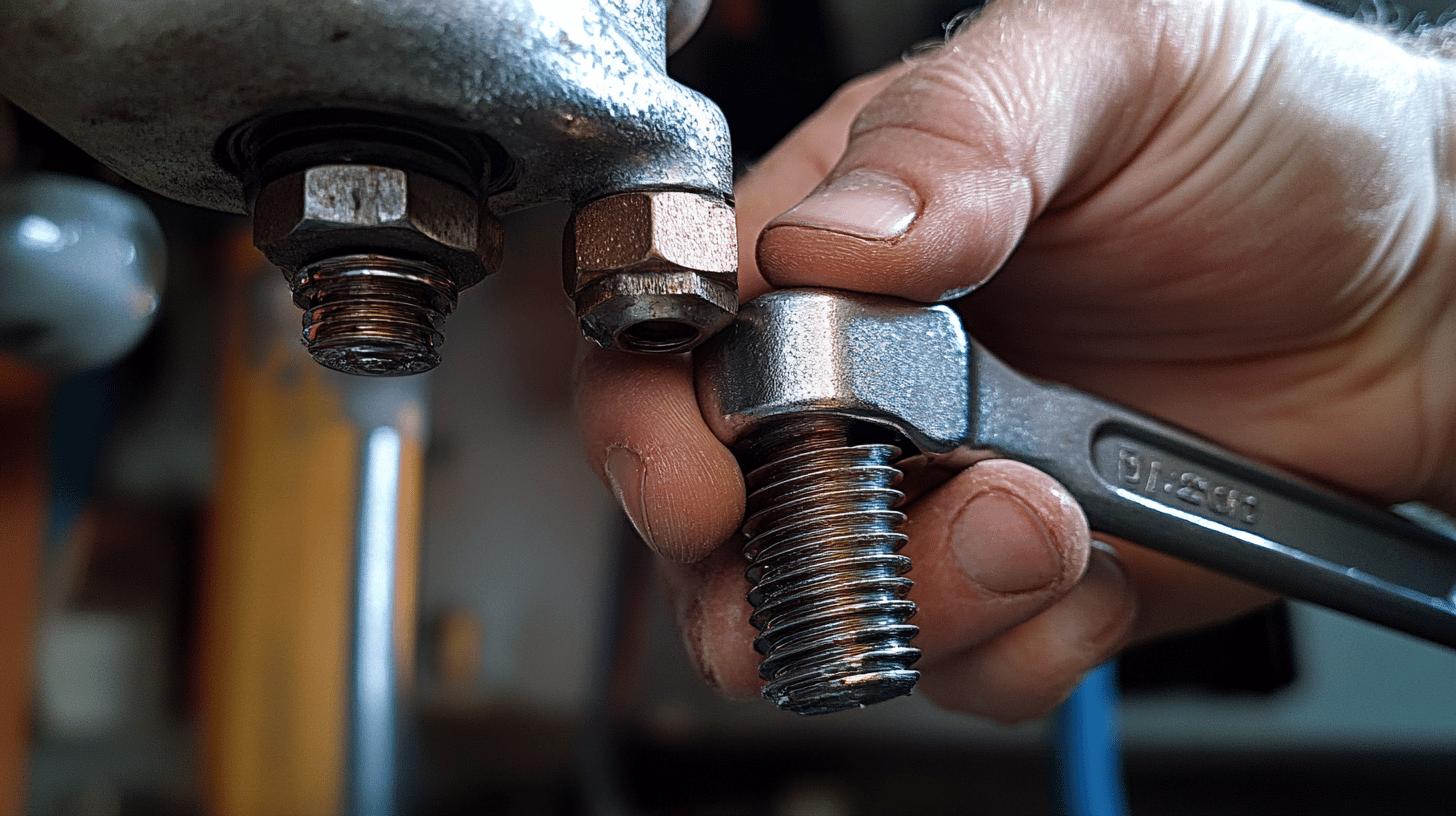
Leaks in compression fittings can happen because of dirty threads or debris buildup. If you see a leak, start by checking the threads for any dirt. Clean them with an abrasive cloth to get rid of any contaminants. Adding some lubricant to the threads can also help improve the connection.
Loose fittings are another common problem. Use an adjustable wrench to tighten the fitting properly. If the leak continues, the ferrule might be damaged or the fitting could be misaligned. If that’s the case, replace the ferrule with a new one and make sure everything is aligned correctly to avoid leaks.
4 Common Causes of Leaks and Solutions:
- Contaminated Threads: Clean with abrasive cloth.
- Loose Nut: Tighten with an adjustable wrench.
- Damaged Ferrule: Replace with a new ferrule.
- Misaligned Fitting: Reposition and secure properly.
Comparing Plumbing Compression Fittings to Soldering
For plumbing installations, both compression fittings and soldering (pipe sweating) have their ups and downs.
Compression fittings are super easy to install with just basic hand tools like wrenches. You slide a nut and ferrule onto the pipe, insert it into the fitting, and tighten the nut for a leak-proof seal. This method is popular with both DIYers and pros because it’s straightforward.
On the other hand, soldering involves heating the pipe and fitting with a torch until the solder melts and flows into the joint, creating a permanent bond. This method requires more skill, special tools, and safety measures due to the open flame. While soldering provides a strong connection, it’s more labor-intensive and takes longer than using compression fittings.
Flexibility
Compression fittings can be moved or replaced without damaging the pipes, making them great for regular maintenance or changes. However, they can leak if they’re not tightened correctly or if the ferrule is damaged.
Reliability
Both methods are reliable. Compression fittings create a strong connection when installed correctly, but they can leak if there’s dirt on the threads or if they aren’t tightened enough. Soldered joints take more effort to install but offer a solid, permanent seal that’s less likely to leak over time. The choice between the two often depends on the project’s requirements and the skill level of the person doing the installation.
3 Pros and Cons of Each Method:
- Compression Fittings: Easy to install, Repositionable, No heat required
- Soldering: Permanent, Requires heat, More labor-intensive
Professional Plumbing Services for Compression Fittings
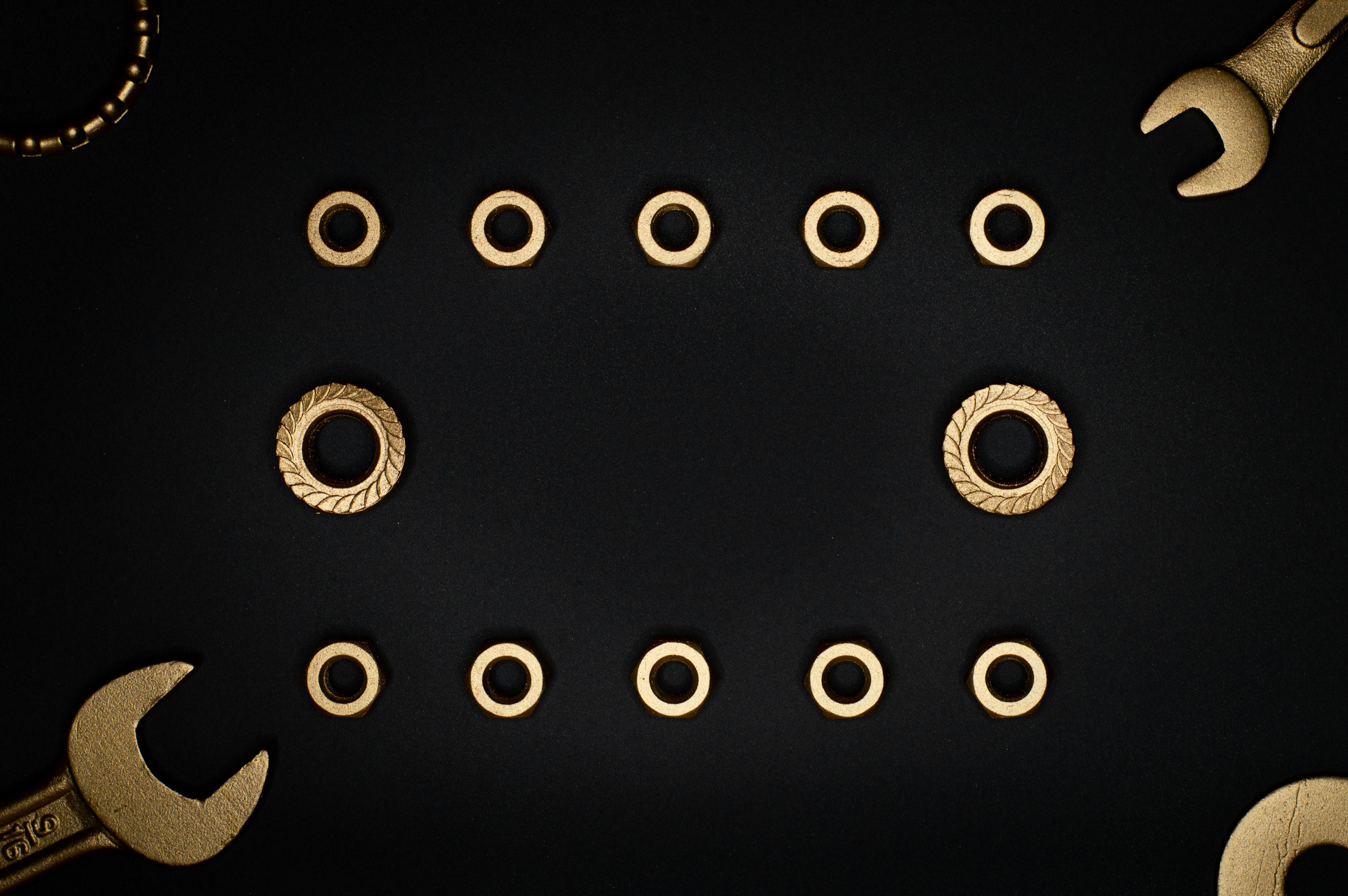
Hiring professional plumbing services for installing or repairing compression fittings has several benefits. Why go with pros? Precision and expertise are key. They have plenty of experience with different pipe materials like copper, PVC, and steel, ensuring a reliable installation.
For fixtures like faucets and sinks, getting the alignment and tightening just right is essential for a leak-proof seal. Professionals are skilled at this, which helps prevent leaks and other future problems. They use advanced tools and techniques for leak-free installations. While compression fittings are easy to install, professionals make sure everything is done correctly the first time, saving you time and reducing the risk of damage.
5 Benefits of Hiring Professional Plumbing Services:
- Expertise in handling various pipe materials
- Proper use of tools and techniques
- Quick and efficient installation
- Reduced risk of leaks and damage
- Warranty and guaranteed work
Final Words
Understanding plumbing compression fittings can change how you handle pipe connections at home. These fittings connect different materials like copper, PVC, and steel without needing special tools. The main parts are the coupling nut and compression ring.
There are various types, including elbow and tee fittings, as well as ball valves, which offer flexibility for different plumbing needs. Installing compression fittings involves simple steps like turning off the water and tightening the nut to make sure there’s a secure seal.
If you encounter leaks, troubleshooting can be as easy as cleaning the threads or tightening the nuts. Compared to soldering, compression fittings are easier to install and can be repositioned easily.
For accurate and reliable installations of plumbing compression fittings, it’s a good idea to rely on professional plumbing services to ensure long-term efficiency and peace of mind.
FAQ
Are compression fittings OK for plumbing?
Compression fittings are suitable for plumbing. They create watertight connections on various pipe materials without requiring special tools, making them ideal for many plumbing repairs and installations.
Do you need Teflon tape on compression fittings?
You do not need Teflon tape on compression fittings. These fittings create a seal using a compression ring and nut, and adding Teflon tape might prevent proper sealing.
How tight do you tighten compression fittings plumbing?
Tighten compression fittings snugly, but avoid over-tightening. Use a wrench to secure the nut, ensuring the ferrule compresses against the pipe, but stop once resistance increases to prevent overtightening and damage.
How does a plumbing compression fitting work?
A plumbing compression fitting consists of a coupling nut and a compression ring. Tightening the nut compresses the ring against the pipe, creating a watertight seal, useful for connecting pipes of different shapes and materials.
What types of compression fittings are available?
Compression fittings come in various types like elbow, tee, union, and coupler fittings. They are available for different materials, including brass, copper, stainless steel, and plastic, ensuring versatile applications in plumbing.
How to install compression fitting on plastic tubing?
To install a compression fitting on plastic tubing, shut off the water supply, clean the tube and fitting, position the nut and ferrule, and tighten the nut with a wrench to ensure a secure seal.
Are there specific compression fittings for copper pipes?
Yes, compression fittings are available specifically for copper pipes. They are designed to create secure, leak-proof connections without soldering, ideal for various plumbing repairs and installations.
What are the main components of a compression fitting?
The main components of a compression fitting include a coupling nut, compression ring (ferrule), valve, retainer nut, and sometimes a ferrule. These parts work together to create a secure, watertight seal on pipes.
How do I choose the right type of compression fitting?
Choose the right compression fitting based on pipe material and the fitting type required (elbow, tee, union, etc.). Consider the material (brass, copper, plastic) and the specific connection needed (angle, flow control).
What are common causes of leaks in compression fittings?
Common causes of leaks in compression fittings include contaminated threads, loose nuts, damaged ferrules, and misaligned fittings. Cleaning, tightening, replacing parts, or repositioning can typically fix these issues.
How do compression fittings compare to soldering?
Compression fittings offer easy installation and repositioning, unlike the permanency of soldering which needs heat. Soldering provides a permanent joint, while compression fittings are quicker and don’t require specialized skills.
